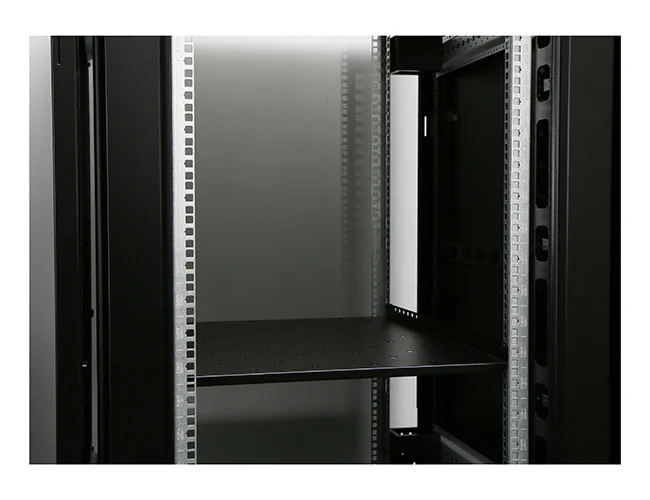News
Site Editor
 Site
https://leonetworkgroup.usa18.wondercdn.com/uploads/image/5fe152faa587d.png
SFP modules are small, hot-pluggable devices that allow networking equipment to connect to different types of networks such as fiber optic or copper. In a Cisco Router, SFP modules play a critical role in connecting the network to the internet, which makes them an essential component in a network infrastructure.To ensure that SFP modules work correctly, it is necessary to check them occasionally.
Site
https://leonetworkgroup.usa18.wondercdn.com/uploads/image/5fe152faa587d.png
SFP modules are small, hot-pluggable devices that allow networking equipment to connect to different types of networks such as fiber optic or copper. In a Cisco Router, SFP modules play a critical role in connecting the network to the internet, which makes them an essential component in a network infrastructure.To ensure that SFP modules work correctly, it is necessary to check them occasionally.
How To Check Sfp Module In Cisco Router
Views: 5130
Author: Site Editor
Publish Time: 2023-07-12
Origin: Site
SFP modules are small, hot-pluggable devices that allow networking equipment to connect to different types of networks such as fiber optic or copper. In a Cisco Router, SFP modules play a critical role in connecting the network to the internet, which makes them an essential component in a network infrastructure.
To ensure that SFP modules work correctly, it is necessary to check them occasionally. This article will provide a step-by-step guide on how to check SFP modules in a Cisco Router:
1. Access the Cisco Router CLI
To access the Cisco Router CLI, open a local terminal emulator, such as PuTTY, and establish a serial connection to the router. Once connected, log in to the router using your administrative credentials.
2. Determine the installed SFP module
Get detailed information about the installed SFP module by typing the \"show interface\" command in the CLI. The command displays all the interfaces on the router, including the SFP module. The module's status should show \"up,\" indicating that it is functioning correctly.
3. Check the status of the SFP module
To check the status of the SFP module, type the \"show interface transceiver\" command in the CLI. The command displays the status information of the SFP module, including the light levels, temperature, voltage, and transmission distance. Verify that the status information is within the recommended ranges for your SFP module.
4. Check for errors in the SFP module
Use the \"show interfaces counters errors\" command to check for errors in the SFP module. The command displays the number of errors, such as collisions, input errors, and CRC errors. If the number of errors is high, it indicates that the SFP module is not functioning correctly.
5. Monitor the SFP module performance
To monitor the SFP module's performance, use the \"show interfaces\" command to check for input and output packets. The command displays the number of packets transmitted and received by the SFP module. Compare these numbers to the network traffic to check if the SFP module is performing correctly.
6. Run diagnostic tests on the SFP module
Cisco routers come with built-in diagnostic tests that help to troubleshoot issues with SFP modules. Use the \"test interface transceiver\" command to perform a diagnostic test on the SFP module. The test checks the SFP module's temperature, voltage, and light levels to verify that it is functioning correctly.
In conclusion, SFP modules play a critical role in connecting a Cisco Router to a network. Checking SFP modules regularly helps to prevent network disruption and identify potential issues before they become critical. Follow the steps outlined above to check the SFP module's status, performance, and run diagnostic tests to ensure that they function correctly.
If you want to know more about industrial network cabinet,china fiber optic splice closure,china fiber optic distribution box,please consult the fiber optic splice closure factory









